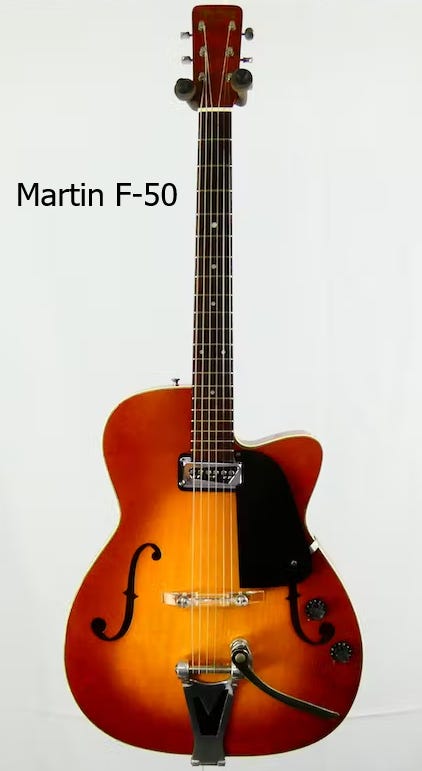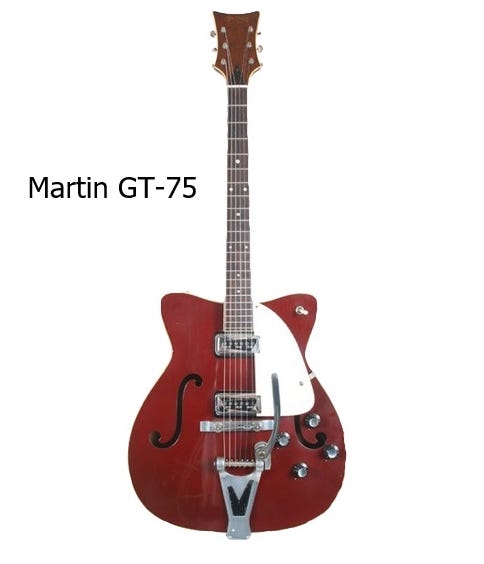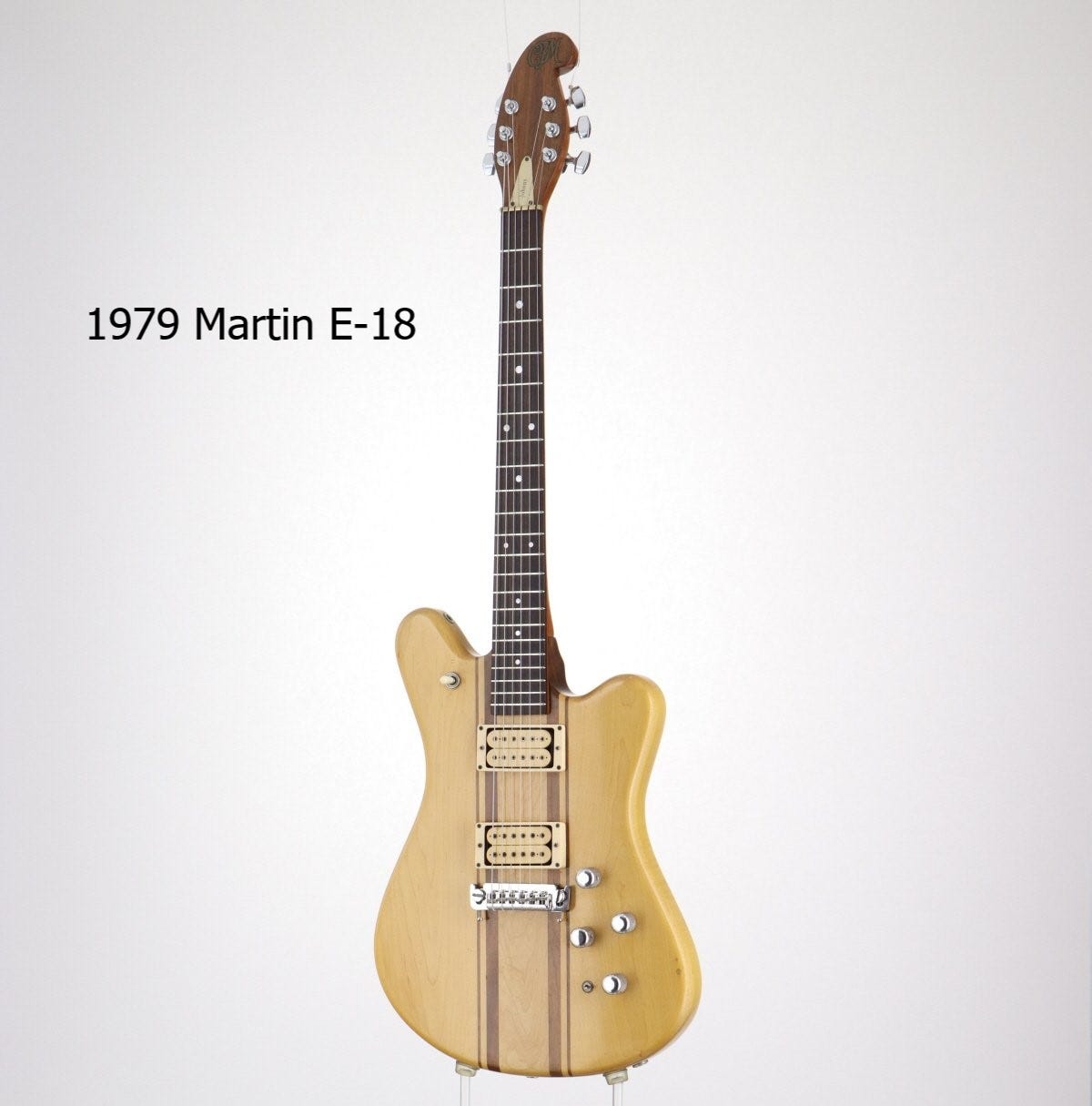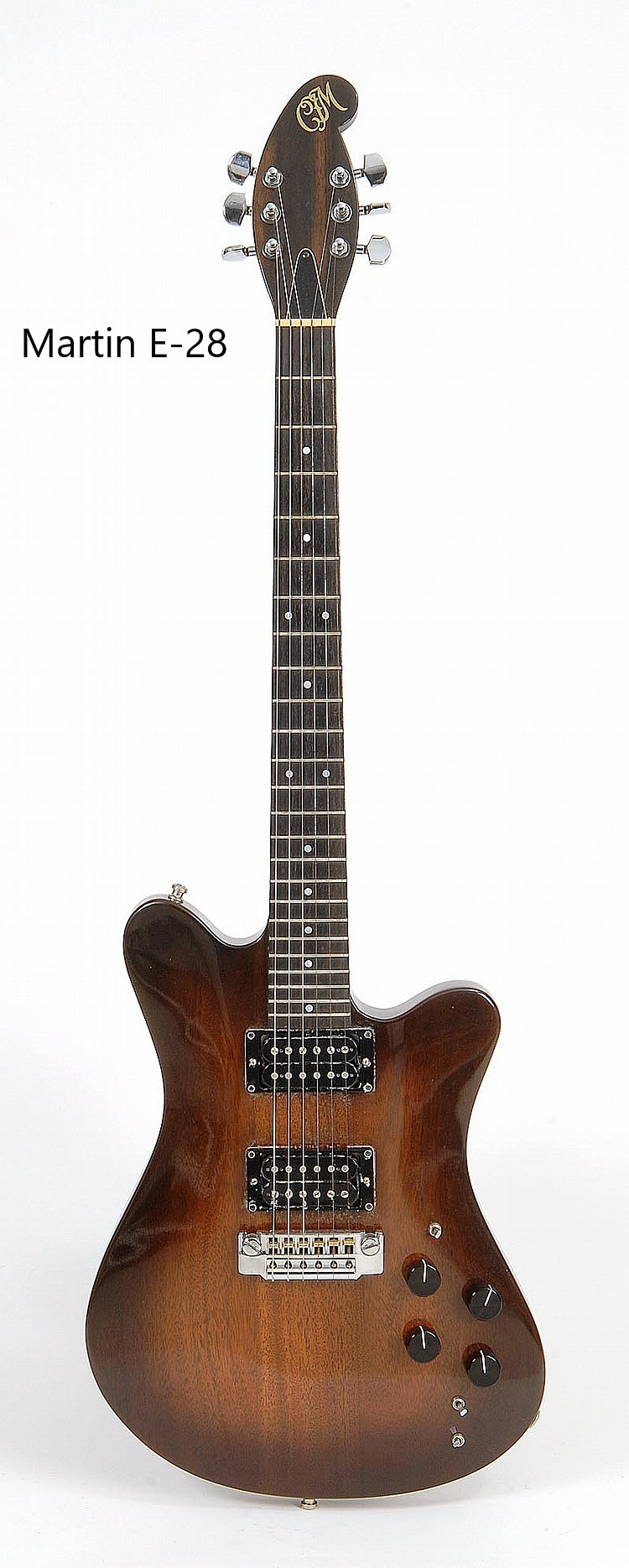The Perpetual Student - Guitar Gavel Podcast with Jerry Cherry
In this podcast I sit down with Jerry Cherry- guitarist, singer/songwriter, and guitar instructor extraordinaire.
We talk about Jerry's guitar journey beginning at age 12 and how he was super fortunate to be a member of an incredible band before he could, setting the stage for the rest of his musical career.
Key takeaways: At age 17, being one guitar lesson short of really starting to understand musical theory and playing for another 25 years before the next lesson made it all click. What struck me the most about Jerry's career is that he's a perpetual student. In some ways that's not necessarily profound, and frankly it's the way each of us should be in life. At the same time, however, how many of us can truly say that?
This episode is a little longer, but it's a beautiful conversation with so much goodness I had to publish the entire thing. This inspiring journey is a must listen no matter your skill level, from bedroom players to professional guitarists. Audio is available on all major podcast platforms.
Martin entered the electric guitar world in 1961 with the F series, a thinline hollowbody archtop collection. There wasn’t much to these guitars other than they were built by Martin in Nazareth, PA. Only three guitars were offered: the single cutaway and single pickup F-50, a two pickup version of the same body style F-55, and the double-cutaway two pickup F-65.
Production ended in 1965 with approximately 1,750 guitars leaving the factory in that time frame. Pickups were DeArmond Dynasonic in each model, a Bigsby vibrato was optional, honeyburst was the only color option, and there was one major quirk to the whole deal. The bridge was plexiglass!
Not willing to abandon the electric guitar market, up next came the GT series of guitars in 1965, GT-70 and GT-75. It was basically an updated version of the F series with more color options, better upper fret access, and an aluminum bridge instead of plexiglass. DeArmonds remained the pickups of choice. Production was once again short-lived, ending in 1967 with approximately 1,200 guitars shipped. Check out that headstock!
Martin went back to the well in 1979. This time they released the E Series line of solidbody electrics: E-18, EM-18, and the EB-18 (bass). The difference between the two six-stringers are the electronics. The E-18 fancied a pair of DiMarzio humbuckers and a phase switch while the E-18M had Mighty Mite’s with phase and coil tap. Production ending in early 1981 with less than 3,000 guitars built between all three models.
Noted, these are the first USA born solidbody electrics. In the early 70s Martin imported solid electrics under their Sigma brand with little success. Moderate success was found by Martin with the Stinger brand of Korean imports from 1985-1996.
They have the full 70s natural vibe going on with a maple and walnut laminated body, plus a set mahogany neck. The Stauffer-style Viennese scroll headstock is a nod to Martin’s original headstock shape from the 1830s and gives it a little more 70s funk.
Maybe too much funk? As the 80s moved in, tastes were changing away from au naturel to Aqua Net. To compete with the “big hair” era Martin developed the Stinger series a few years later.
Hold that thought…
However (and presumably), not before leftover parts and wood stock was entirely depleted did Martin throw in the towel. For one year only, mid 1981-982, Martin trickled out the E-28. It was the same body shape, still using DiMarzio pickups, but the body was mahogany. Less than 200 ever hit the street.
I’ll conclude the moral of this story is the same for any legacy guitar builder such as Martin, Fender, Gibson, or Taylor. Regardless of quality, aesthetics, or price, the public perception insists that you stay in your lane. That’s a real shame, but that’s the real world.
Guitar Gavel Lick Of The Week with special guest Adam Gray
Adam provides a wonderful lesson on how to develop your blues technique by understanding the chords that underpin the music. And he does it by using Clapton’s version of the song, “Nobody Knows You When You Are Down And Out”.
Adam suggests layering textures, beginning by picking the root of the chord to get the feel of the chord progression.
Then add a melody structure and start walking between the chords. It’s a great formula for a blues application and beyond.
Thank you so much Adam for your time and talent! That shirt looks great too brother!






1 comment
Great article, as usual. It reminds us that, while reinventing is great, sometimes, it really isn’t.